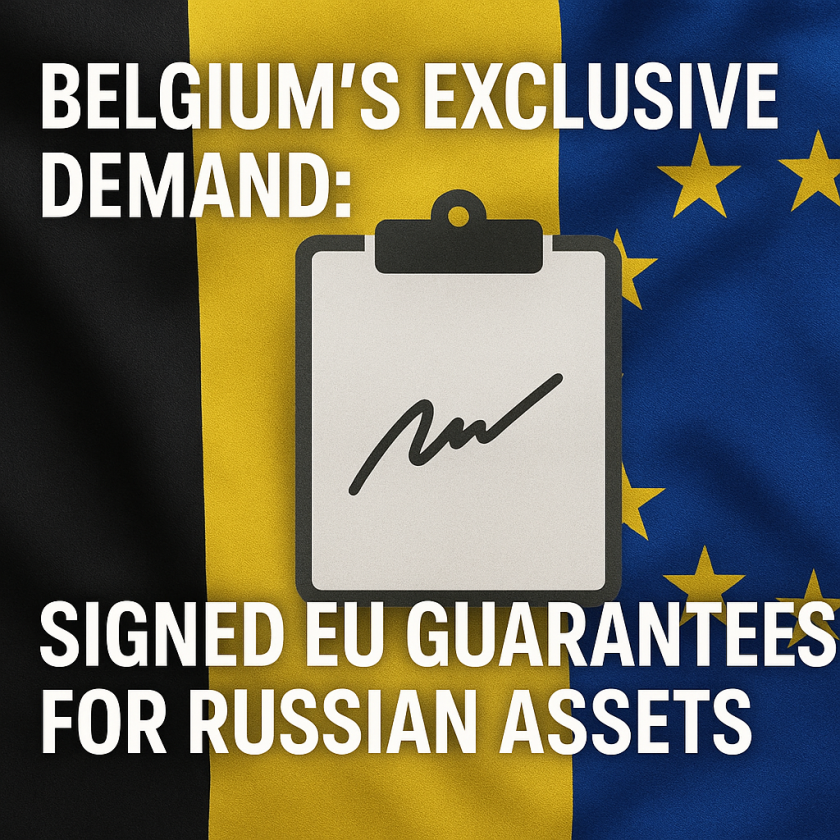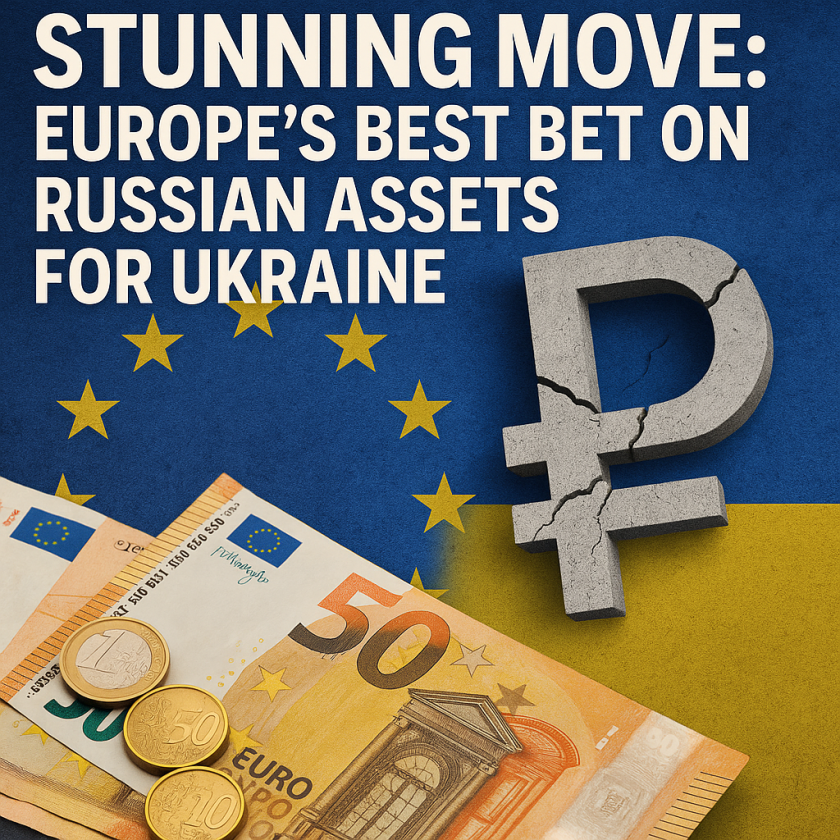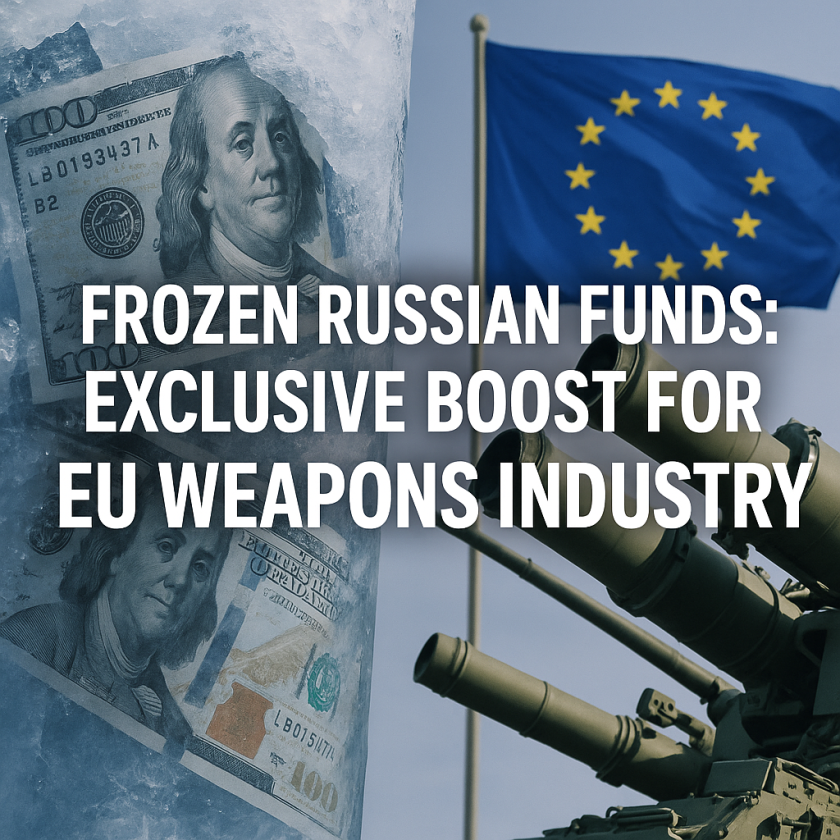Putin’s Exclusive Push for a Best Solution to Ukraine Conflict
Putin’s Exclusive Push for a Best Solution to Ukraine Conflict
Putin’s push for a resolution to the ongoing Ukraine conflict reflects a complex interplay of international politics, national security, and economic interests. As discussions surrounding this issue continue to evolve, various viewpoints emerge that illustrate the challenges of finding a practical solution.
The Current Landscape of the Ukraine Conflict
The Ukraine conflict, which began in 2014 with Russia’s annexation of Crimea, has since escalated into a broader confrontation involving military clashes, economic sanctions, and widespread humanitarian consequences. As both sides have entered into negotiations at different stages throughout the conflict, Putin’s recent discussions highlight a renewed urgency to address the matter.
Reports indicate that Putin, aiming to consolidate his bargaining power, is advocating for what he deems a “best solution” to the ongoing strife. This has raised eyebrows internationally, with some experts questioning whether his definition of a “solution” aligns with the objectives of Ukraine and its allies.
Diverging Perspectives on Resolution Efforts
1. Russia’s Stance: According to state-controlled media (RT), Putin’s approach emphasizes maintaining Russia’s territorial claims while also proposing a ceasefire and dialogue. His administration suggests that a settlement should include terms that preserve their influence in Ukraine and the region, arguing that this is vital for national security. Such a perspective often dismisses the narratives promoted by Western nations that emphasize Ukraine’s sovereignty.
2. Western Responses: Conversely, Western nations, including the United States and EU allies, argue that recognition of Ukraine’s territorial integrity is non-negotiable. They perceive Putin’s efforts as attempts to legitimize his actions rather than a genuine desire for peace. European analysts caution against any settlement that fails to address the roots of Russian aggression, fearing it may lead to further conflicts down the line.
3. Ukraine’s Position: Ukraine, having endured significant losses and disruptions, insists that any negotiations must involve reparations and guarantees against future incursions. President Volodymyr Zelensky has positioned himself as a defender of Ukraine’s sovereignty, suggesting that without substantive compromises from Russia, effective dialogue remains unattainable. Reports from Al Jazeera highlight the resilience of Ukraine’s military and civil society in facing Russian advances, underscoring their reluctance to concede pivotal territories.
Looking for Paths to Peace
With the situation in Ukraine remaining precarious, various paths toward peace have been considered. Analysts note the importance of international mediators in facilitating talks, as unilateral negotiations by Russia often exacerbate distrust among Ukrainian leaders and their Western allies.
The Role of International Diplomacy
International diplomacy plays a critical role in this landscape. Each negotiation phase often requires third-party actors, such as the United Nations or neutral countries, to step in and offer frameworks for dialogue. These entities could help in establishing neutral grounds where all parties involved feel secure enough to communicate openly.
Moreover, any agreement will likely hinge upon economic concessions from both sides. Russian dependence on European energy markets and the impact of sanctions impose additional pressures that might make a more favorable negotiating climate. However, these economic realities are often complicated by national pride and security concerns, which can stall or derail efforts.
The Uncertain Future
As of now, the path forward remains fraught with uncertainty. Many observers believe that while the initial stages of negotiation can signal a willingness to resolve the conflict, true resolution may still be a long way off. Disparities in the desired outcomes create a stalemate effect: both sides possess firm red lines that cannot be crossed without severe implications for their domestic stability.
In summary, Putin’s ambition to find a “best solution” to the Ukrainian conflict underscores the multifaceted nature of modern geopolitical disputes. Acknowledging diverse perspectives—from Russia’s claims of security to Ukraine’s insistence on sovereignty—reveals the intricate balancing act required to foster effective dialogue. The international community’s involvement will be crucial in this endeavor, as will understanding the historical context of the conflict. Moving forward requires not just negotiation, but also patience and a commitment to addressing underlying issues.







































